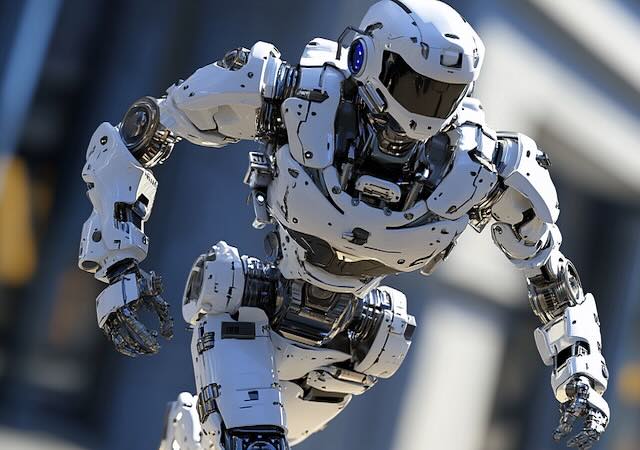October 31st, 2024
Robotics
MIT researchers are pushing the boundaries of robotics, unveiling a breakthrough that could significantly enhance the way robots are trained and deployed across various industries. Traditionally, training robots has been a resource-intensive process, involving vast amounts of human input and extensive trial-and-error learning. However, MIT’s latest innovation promises to streamline this process, enabling robots to learn tasks and adapt to complex environments more efficiently and autonomously.
The Challenge in Robot Training
Robotic systems are often constrained by their reliance on pre-programmed instructions. While robots excel at executing repetitive tasks, their adaptability to new environments or tasks is limited without extensive reprogramming or retraining. The current training process requires significant computational power and human oversight, both of which increase time and cost. Additionally, ensuring that a robot can adapt to unpredictable changes in its environment remains a major hurdle.
MIT’s Novel Approach to Autonomous Learning
MIT’s solution lies in a new framework that accelerates the training process by allowing robots to learn from simulated environments before transitioning to real-world applications. Known as Meta-Learning Optimization (MLO), this approach combines advanced machine learning algorithms with simulations to prepare robots for tasks in a faster, more dynamic way.
MLO works by training a robot’s neural network across multiple simulated scenarios, enabling it to learn abstract patterns and behaviors that can be transferred to real-world applications. This method is based on a form of meta-learning, where the robot’s learning model is designed to improve based on its previous experiences. As a result, robots can more effectively generalize what they learn in simulations to real-world environments, making them more adaptable and capable of handling unexpected changes.
How MLO Enhances Robot Adaptability
The adaptability afforded by MLO is one of its most remarkable aspects. Traditionally, when a robot encounters an unforeseen obstacle, it may have to be reprogrammed to recognize and respond appropriately. With MIT’s new framework, however, robots can use MLO-trained algorithms to adjust their responses based on previous knowledge. For instance, a robot trained to handle a certain assembly task could automatically adjust its approach if an object is moved, saving time and resources in manufacturing environments.
Moreover, MLO’s training simulations include a variety of complex scenarios, enabling the robot to respond to diverse situations once deployed. This allows the robot to operate in environments that may change over time or have unpredictable elements, such as fluctuating supply chains, evolving customer demands, or new operational standards.
Practical Applications of MIT’s Breakthrough
MIT’s innovation holds promise across several fields:
1. Manufacturing: MLO could streamline operations by training robots to handle variable assembly processes, reducing downtime and increasing output.
2. Healthcare: Robots trained through MLO could assist with personalized care tasks, such as monitoring patients or performing delicate procedures that require fine motor control.
3. Logistics and Warehousing: Autonomous robots equipped with MLO could navigate changing warehouse layouts or respond dynamically to increased demand during peak seasons.
4. Service Industries: Robots that serve in dynamic environments—such as restaurants, hotels, or customer service roles—could quickly adapt to changing customer preferences and environmental factors.
Future Implications of MIT’s Work
The introduction of MLO brings robotics closer to achieving full autonomy in everyday tasks. As robots become more adept at self-improvement through simulations, we could see a future where robots require minimal human intervention and can adapt fluidly to new tasks and environments.
Moreover, MLO’s advancements suggest a world where robotics could contribute to higher productivity and efficiency across all industries. For sectors where human labor is in high demand yet in short supply, MLO-trained robots could play a crucial role, filling in gaps and working alongside human counterparts in highly specialized or routine roles.
Conclusion
MIT’s breakthrough in robotic training, powered by MLO, is a significant step forward in the world of artificial intelligence and machine learning. By enabling robots to learn more effectively and adapt autonomously, MIT is paving the way for a future where robots are not only more capable but also more reliable and versatile in real-world applications. As research continues to refine and expand this technology, the world may soon witness a new era where advanced robotics seamlessly integrate into the fabric of our daily lives.